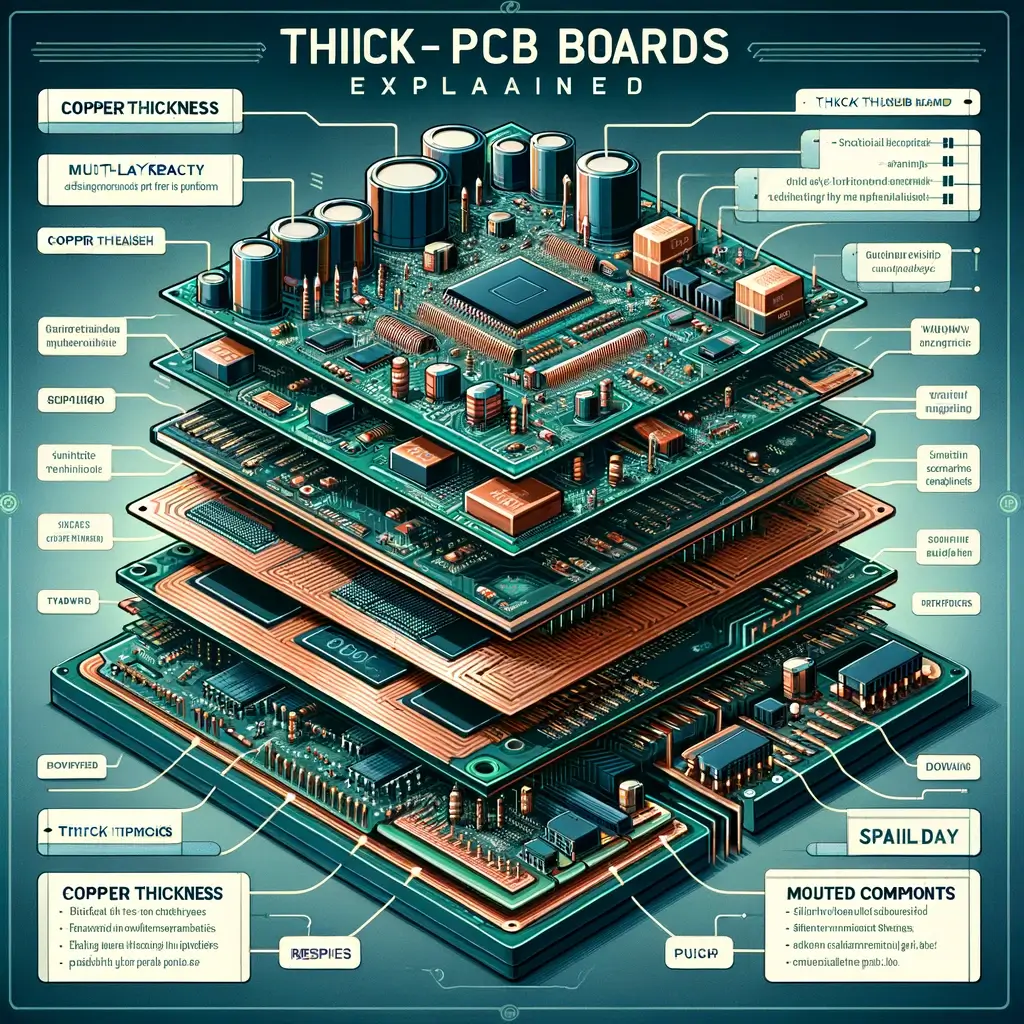Have you ever wondered what makes the gadgets around us work so seamlessly? From your smartphone to the microwave in your kitchen, there’s a hidden hero inside many of these devices: the Printed Circuit Board (PCB). Today, let’s dive into a specific type of PCB that’s fascinating in its own right – the long PCB board. Why long, you ask? Well, let’s find out together in a way that’s easy to understand and might just spark your interest even further.
Introduction
Imagine you’re building a bridge that connects two cities. Like any good bridge, it needs to be long enough to cross the river between them, sturdy enough to handle traffic, and designed in a way that fits its purpose. This is somewhat like what long PCB boards do in the world of electronics. They’re the bridges in electronic devices that connect various components over longer distances within the device, ensuring that everything works in harmony.
What is a Long PCB Board?
A long PCB board is essentially a Printed Circuit Board that is longer than the standard sizes typically used in most electronic devices. These boards are designed to accommodate larger devices or to connect different parts of a device that are physically spaced further apart.
The Role of Long PCBs in Technology
Long PCBs play a critical role in today’s technology, enabling the creation of complex, high-performance devices. They’re like the long roads that connect distant cities, allowing for efficient communication and operation across the device.
How are Long PCBs Made?
The manufacturing process of long PCBs involves several intricate steps, from designing the layout to etching the copper layer and adding protective coatings. It’s a dance of precision, where every step must be perfectly executed.
The Unique Challenges of Long PCBs
Working with long PCBs comes with its set of challenges, including potential for warping, difficulties in handling, and complexities in electrical performance. It’s like balancing on a tightrope; there’s no room for error.
Applications of Long PCB Boards
Long PCBs are used in a variety of applications, from industrial machines to consumer electronics. They are the unsung heroes in LED lighting, telecommunications, and even in some medical devices.
Comparing Long PCBs to Standard PCBs
While all PCBs serve the same basic function, long PCBs are distinguished by their length, which allows them to fulfill specific roles that standard PCBs cannot. It’s like comparing a sprinter to a marathon runner; both are athletes, but each excels in different types of races.
The Future of Long PCB Technology
As technology advances, the demand for longer, more flexible PCBs is growing. This signals a bright future for long PCB technology, with innovations aimed at making them even more efficient and adaptable to new devices.
Maintaining Long PCB Boards
Maintenance of long PCBs is crucial for the longevity and reliability of the devices they power. Regular inspections and careful handling can prevent common issues and extend their lifespan.
Choosing the Right Long PCB for Your Needs
Selecting the right long PCB for your project or device is like choosing the right material for building a bridge. It requires understanding the specific needs of your project and the capabilities of different types of long PCBs.
Conclusion
Long PCB boards may not be something you think about daily, but they play a pivotal role in the technology that powers our lives. As we’ve seen, they’re not just longer versions of standard PCBs; they are critical components designed to meet specific challenges and applications. The next time you use your favorite electronic device, remember that there might just be a long PCB board inside, making it all possible.
FAQs
- What makes long PCB boards different from standard PCBs?
- Long PCB boards are primarily characterized by their length, which allows them to connect components that are far apart or to span larger devices.
- Why are long PCBs used in LED lighting?
- They’re used in LED lighting to distribute power and signals efficiently across the length of the lighting fixture, ensuring uniform illumination.
- Can long PCBs be flexible?
- Yes, there are flexible long PCBs designed to fit into devices where space is a constraint, or a non-linear path is required.
- How do you maintain a long PCB board?
- Maintenance involves regular inspections for signs of wear, ensuring proper handling to prevent damage, and keeping the board clean from dust and debris.
- Are long PCBs more expensive than standard PCBs?
- Due to their specialized nature and the challenges in manufacturing, long PCBs can be more expensive than their standard counterparts.



